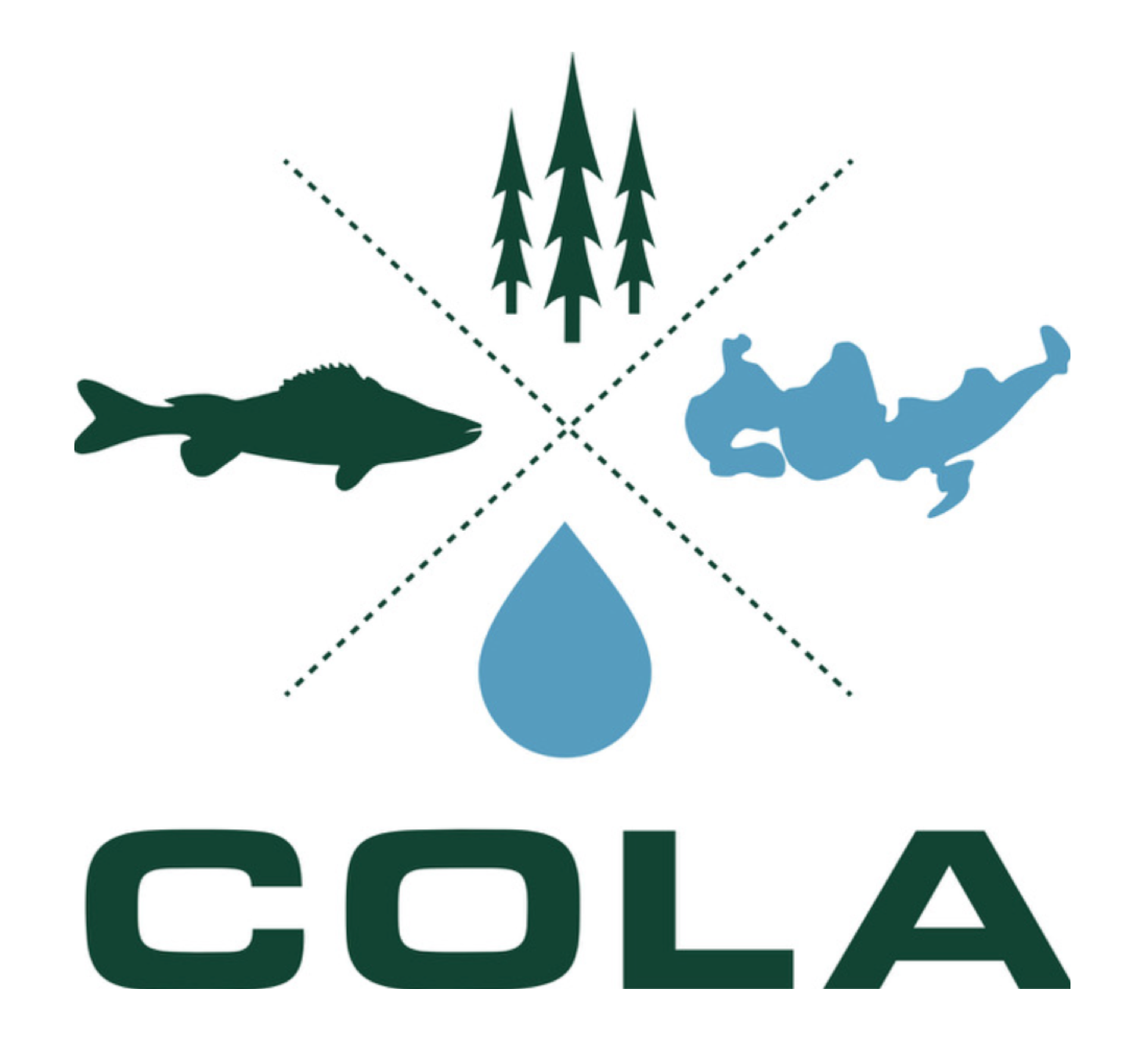Regulatory Actions - SSC
Request for a Site Specific Criterion for a lower phosphorus concentration
A Site Specific Criterion (SSC) proposal for reducing the phosphorus concentration in LCO from 15 to 10 parts per billion was submitted to WDNR in March 2016 by COLA and the LCO Tribe. The submittal included a request that WDNR initiate emergency rulemaking within 60 days of receipt of the SSC proposal.
Legal challenge of WDNR's administrative activities
In May 2016, WDNR rejected the request for emergency rulemaking, so in June 2016 COLA and the LCO Tribe filed for judicial review with the Dane County Circuit Court in Madison, WI. The Wisconsin State Cranberry Association moved to intervene in the case, a motion that was granted in September 2017.
In March 2017, WDNR reversed direction by agreeing to develop a SSC providing a protective phosphorus standard for LCO (the Stipulation). WDNR's rule-making process was approved by Governor Scott Walker in July, 2017 and by the Wisconsin Natural Resources Board on September 27, 2017. WDNR had 150 days under the Stipulation settlement with the LCO Tribe and COLA to propose a SSC and issue public notice of the rule making.
Unfortunately, WDNR never followed through with a SSC, claiming that, even though LCO’s cold-water fishery was impaired by an insufficient oxythermal layer, WDNR did not want to consider phosphorus as a cause. The parties met to discuss the issue, but since the WDNR was unwilling to take any further action to develop a SSC for LCO, COLA and the LCO Tribe filed a second petition challenging WDNR’s lack of action. In October, 2018 the Court determined that issues about whether the March, 2017 Stipulation was violated could be briefed with the merits.
Subsequently:
November 5, 2018: COLA and the LCO Tribe filed a Petitioners’ Brief on the Merits with the Dane County Circuit Court.
December 5, 2018: WDNR filed its Respondents’ Response Brief on the Merits.
December 21, 2018: COLA and the LCO Tribe filed a Petitioners’ Reply Brief.
March 22, 2019: the Court ordered WDNR to comply with the Stipulation settlement.
April 11, 2019: WDNR filed a Motion for Reconsideration or Relief From Order and filed its Brief in Support of Respondents Motion for Reconsideration.
May 13, 2019: COLA and the LCO Tribe filed a Petitioners’ Response in Opposition to Motion for Reconsideration or Relief from Order.
May 29, 2019: WDNR filed a Reply Brief for its Motion for Reconsideration.
July 2, 2019: WDNR’s Motion for Reconsideration was denied by the Court.
August 12, 2019: Finally, WDNR complied with the Court’s ruling and proposed a revised NR 102 including a 10 ppb phosphorus limit. But they confused the issue by including an option B - the status quo of 15 ppb - for discussion at the public hearing for the rule change scheduled for November 8, 2019 at the Bass Lake Town Hall.
WDNR supports request for 10 ppb phosphorus Criterion
After an outpouring of public sentiment for a more protective SSC, WDNR announced its decision about the phosphorus SSC. From WDNR's announcement: "the Department found that a criterion of 10 ug/L total phosphorus is within a reasonable range to increase survival of whitefish within the lake, under some conditions. [Note: ug/L is equivalent to ppb.] A site-specific criterion of 10 ug/L total phosphorus for LCO is more stringent than the statewide total phosphorus criterion of 15 ug/L that applies to other two-story fishery lakes. A criterion of 10 ug/L will help increase survival of whitefish, which is the most sensitive species in the lake, in the lake's East Basin."
WDNR's recommendation for 10 ppb phosphorus criterion for Lac Courte Oreilles denied by the Natural Resources Board
WDNR's recommendation for 10 ppb phosphorus criterion for Lac Courte Oreilles was denied by the Natural Resource Board (NRB) after a tie vote on January 22, 2020. NRB Chair Fred C. Prehn cast the deciding vote in opposition. For a thorough account of the hearing see Terrell Boettcher’s article in the Jan. 29, 2020 edition of the Sawyer Co. Record. (Contact COLA if you’d like to review a hard copy of this article.)
COLA and the LCO Tribe again request that the WDNR revise its water quality standards
In June, 2020, COLA and the LCO Tribe again requested that the WDNR revise its water quality standards for LCO and presented a revised SSC rule-making petition specifying a phosphorous criterion of 10 ppb. WDNR granted COLA's second rule-making petition and prepared a revised scope statement for review by the NRB recommending that a 10 ppb phosphorus criterion proceed to administrative review.
WDNR supports revised SSC
In early 2022, WDNR agreed that the statewide criterion of 15 ppb is not sufficient to protect whitefish in LCO, and that lower criterion is necessary to enable whitefish survival - 10 ppb is an appropriate and reasonable criterion to increase survival during the most stressful periods. The revised SSC is scheduled for a hearing by the NRB in mid-summary, 2023.
SSC approved by State of Wisconsin
The site-specific criterion of 10 μg/L (= 10 ppb) for phosphorus for Lac Courte Oreilles was approved by the Wisconsin State Legislature following the recommendation of WDNR’s Natural Resources Board and Governor Evers. The rule will be recorded in the Wisconsin Administrative Register by the end of December 2023.

